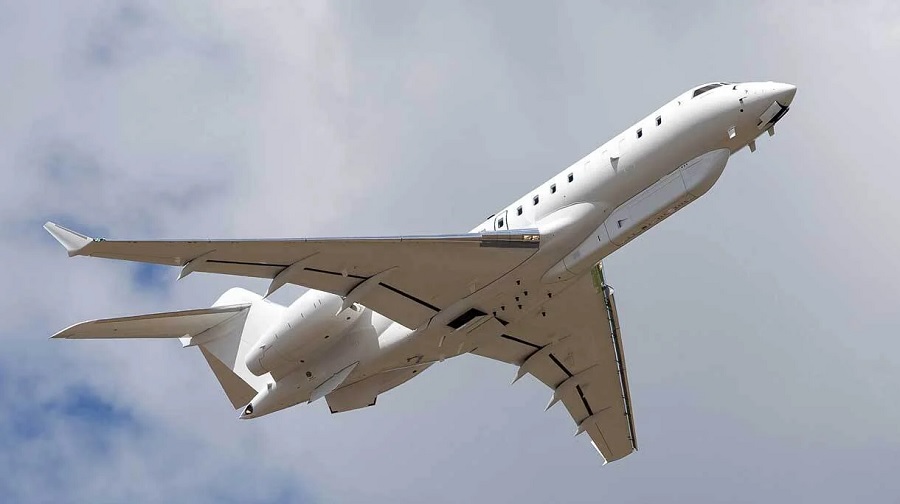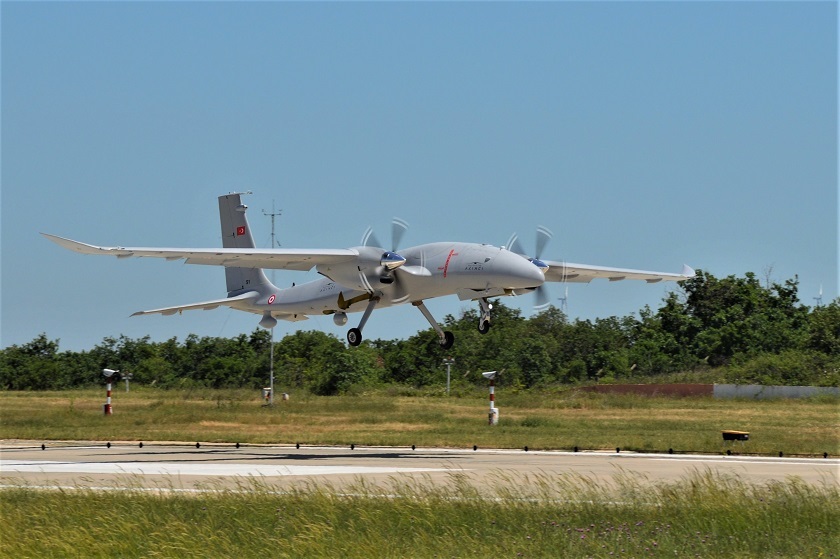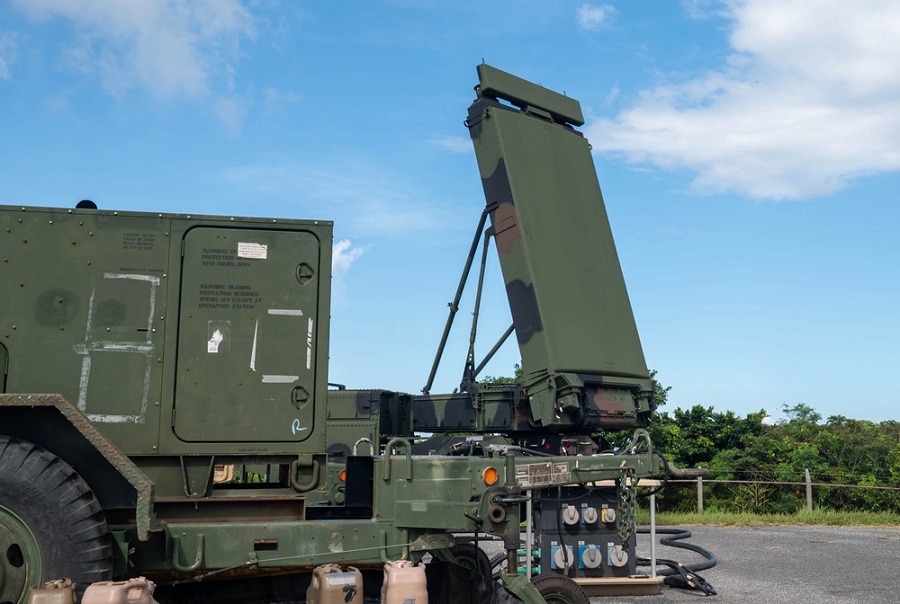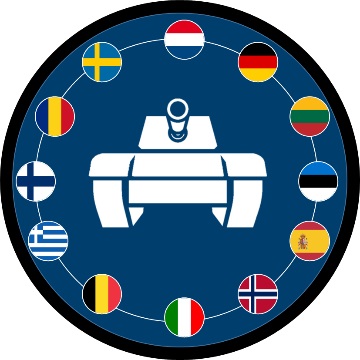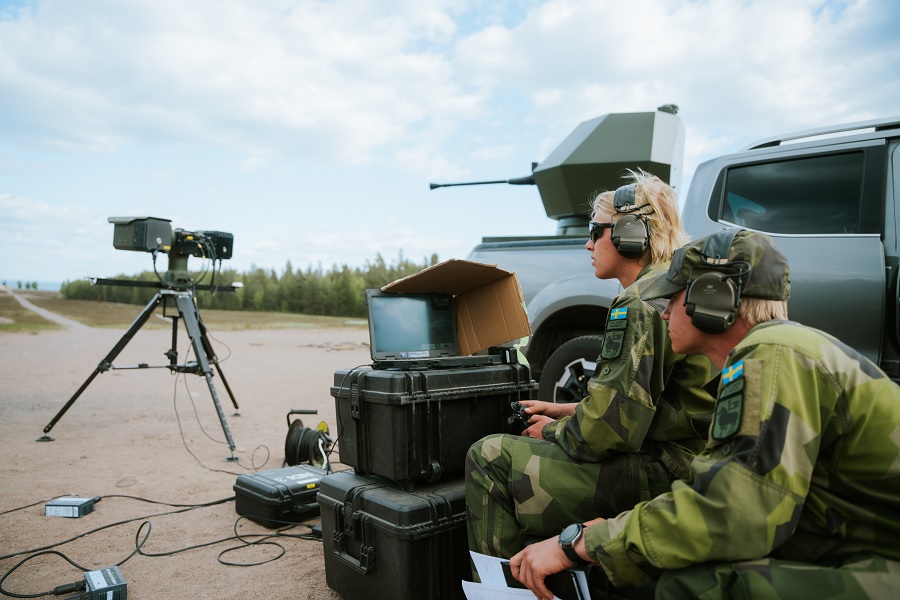The lightweight and compact device allows government personnel to stay continuously connected while on the move throughout a mission, enabling fast access to a wide range of mobile communications applications.
The terminal has undergone extensive concept testing with government end-users across 22 nations, providing the end-user feedback which delivered enhancements that improved robustness and reliability on the move for mission critical scenarios.
The BGAN Patrol terminal connects to Inmarsat’s satellite network without need for user pointing or intervention and can integrate into government’s existing communication systems and batteries. This means, end-users no longer need to pause and deploy a static terminal to communicate – increasing agility and improving mission safety.
BGAN patrol will enable:
- Defence users to connect to on-field management systems during missions.
- Militaries for live Blue Force Tracking (BFT) to reduce the risk of friendly fire.
- Soldiers to request casualty medical evacuation.
- Emergency service agencies to communicate and coordinate personnel on the ground during a dynamic situation, for example during a natural disaster.
- Emergency service personnel to establish Mobile Ad-hoc Network (MANET) and Beyond Line of Sight (BLOS) radio networks to coordinate responses.
Users can expect speeds of up to 200 kbps via ethernet, or through the built-in multi-user Wi-Fi feature to support a group of local connections. The terminal offers reliable connectivity above 30 degrees elevation towards the satellite, with coverage available across the much of the Americas, Europe, the Middle East, Southern Asia, and the Asia Pacific region.
Todd McDonell, President, Inmarsat Global Government, said “Everybody expects to be connected on the move today: it is a normal part of life. It is particularly important for those who are operating in some of the harshest and most constrained environments, like those in the military, public safety, or emergency service personnel. BGAN Patrol provides a way to connect those going into harm’s way to protect the rest of us.”
Find out more – visit Inmarsat website.

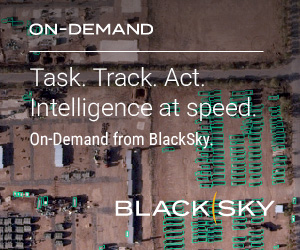


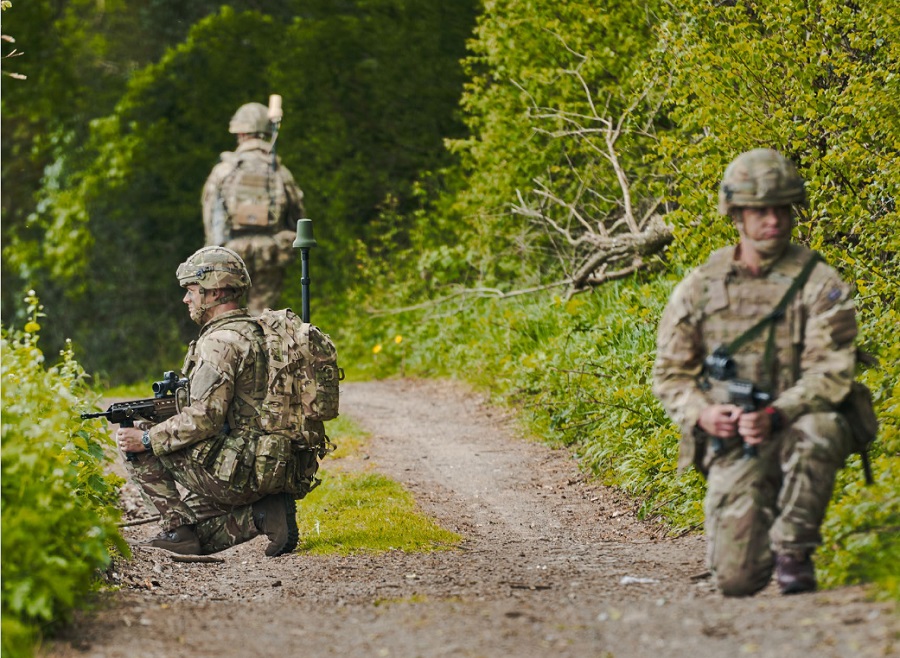
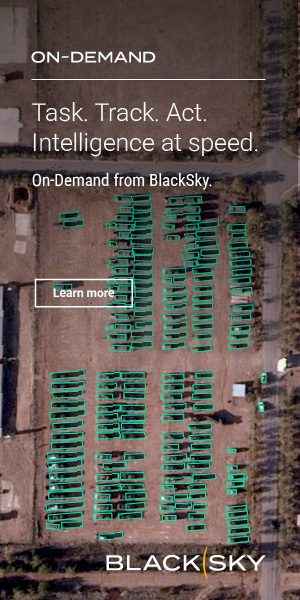




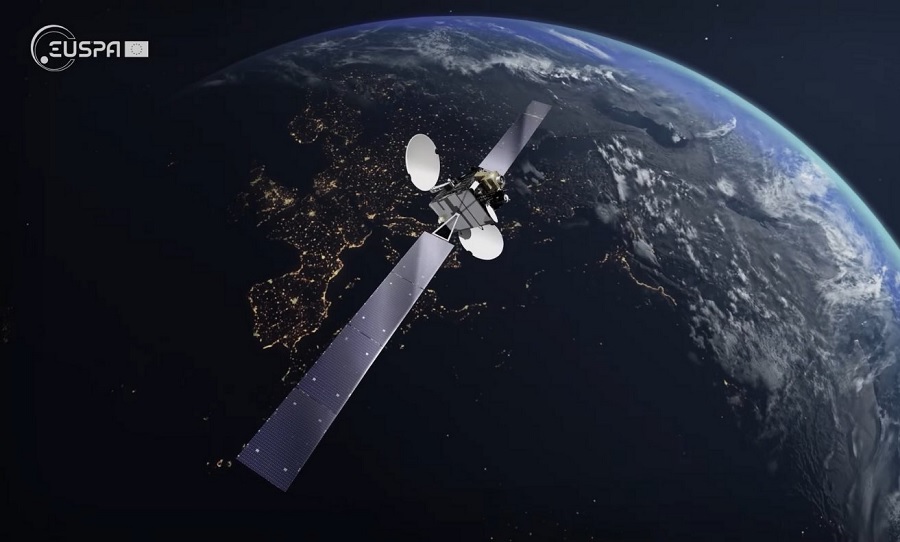


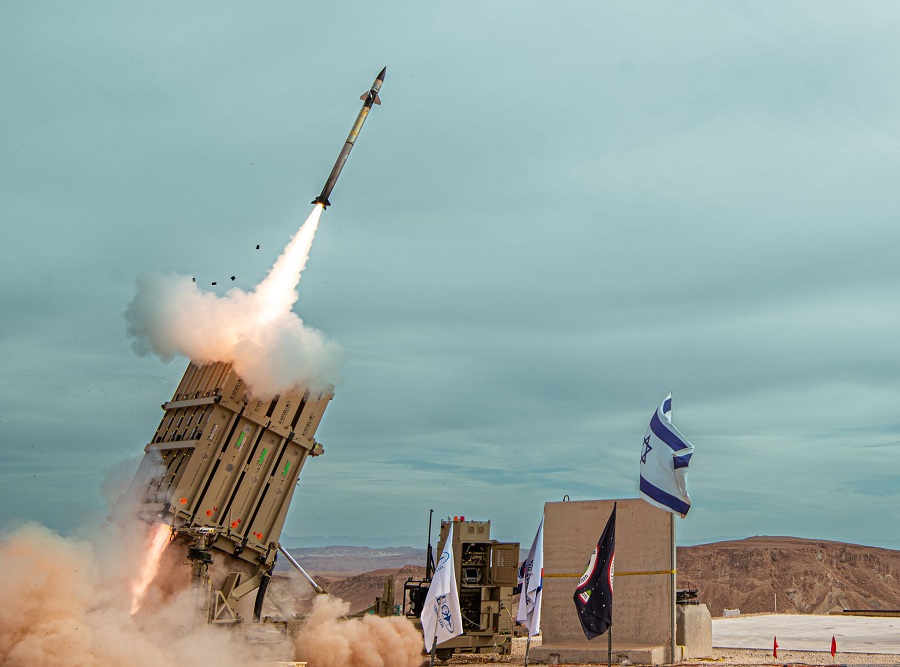
![MightyFly demonstrates autonomous cargo flight capabilities to U.S. Air Force [VIDEO]](https://defence-industry.eu/wp-content/uploads/2025/07/MightyFly-demonstrates-autonomous-cargo-flight-capabilities-to-U.S.-Air-Force-VIDEO.jpg)

